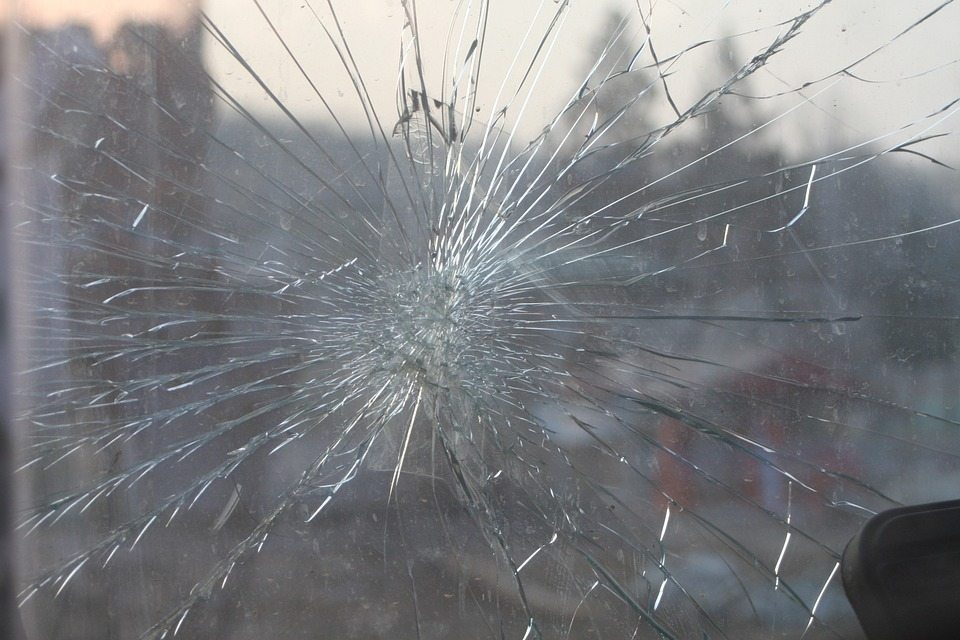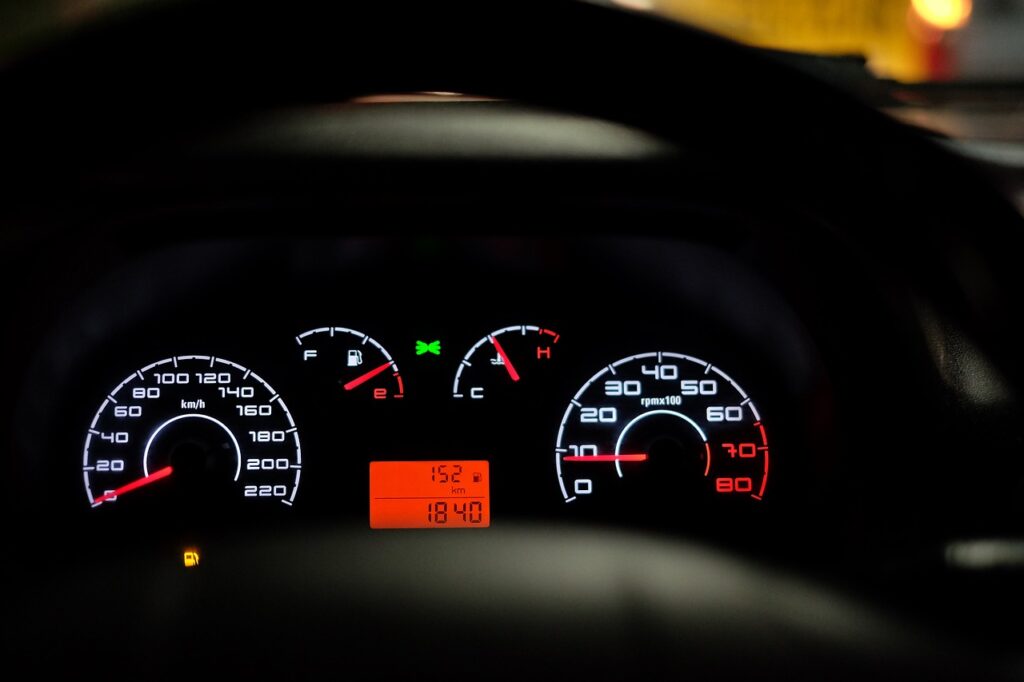We’ve been having some really nasty hail storms of late. Where I live it was so thick it looked like snow. Fortunately, we got the survivable small stuff—but in other parts of the country golf ball sized hail has turned cars’ windshields into Swiss cheese and the water damage on top of that likely had a lot of folks discovering that their cars are totaled, and they don’t have enough money from insurance to buy a new one or that their deductible is biting them sharply in the pocket book. Costing from $600 to over $1,000, windshield replacement isn’t a cheap date and when one of these storms hits it can overwhelm repair shop as it did here.
We put hardened Gorilla Glass on our Smartphones why don’t we use it on windshields? Let’s answer that question this week and confirm that it’s coming, so your car may be able to shrug off most hail in the near future.
However, we are also in real danger of actually making things worse. A misguided attempt to reduce weight is apparently making windshields potentially more vulnerable to damage.
Dropping Weight
The car companies and internal combustion engines are under a pretty heavy mandate to increase gas mileage or face reduced sales—particularly against a coming wave of electric cars. Electric cars aren’t immune either, as they move to increase ranges. Other than Tesla, whose cars are too expensive for most, electric cars have near pathetic ranges, which substantially reduce their sales.
There has been an effort to reduce weight for both traditional combustion engine and environmentally friendly electric vehicles. With current windshield design methods, however—as you would expect—thinner laminated glass results in more vulnerability to objects hitting the windshield, not less according to SAE testing.
Unfortunately, even though this same testing showcases that with hardened glass like Gorilla Glass you can effectively have both thinner/lighter glass and glass that is more resilient, it appears that many of the car makers may not take that route because it is costlier. This could be very short sighted. Those that have experienced hail or simply had to replace a windshield due to rock damage are likely to prefer cars that are better protected against this damage.
This suggests that—while dropping weight is important—buyers likely won’t accept the related increased damage risk if they are made aware of it. That will have an adverse impact on sales.
Ford/Corning
Ford stands out as being uniquely focused on meeting both the weight and safety requirements of new car buyers. It has been working aggressively with Corning to find the best balance between weight and added protection against windshield damage. Ford has actually made some rather impressive progress—for instance this video showcases that light, hardened glass can withstand an attack by near baseball sized hail shot out of a hail gun (ok I want a hail gun!).
Currently only Ford is using Gorilla glass broadly in a car, unfortunately it is in the Ford GT and that’s likely a tad out of your and my price range. Oh, but we can dream (that is one amazingly sexy car). But both Ford and Corning are attempting to drive this glass solution world-wide to address what isn’t only a cost issue for car owners, but a safety issue as well.
This was likely a tad more interesting than the competing news that a group was attempting to bring the Ford Pinto back. Please no, even though it apparently did play a critical role in the 2nd World War. (Top Secret).
Wrapping Up:
Over the last 2 years I’ve had to replace the windshields on 3 of my 4 cars and for one car, right after I replaced the windshield, it got hit again and damaged. This has gotten really old. For those that live in areas plagued by hail this vulnerability that windshields have is far more than annoying—it is eating up their spendable income. Ford and Corning have a solution for this that likely should be a requirement on cars, and the good news is this fix is coming and eventually much of this damage will be—like cars without seatbelts—a thing of the past. I can hardly wait!




Comments are closed.